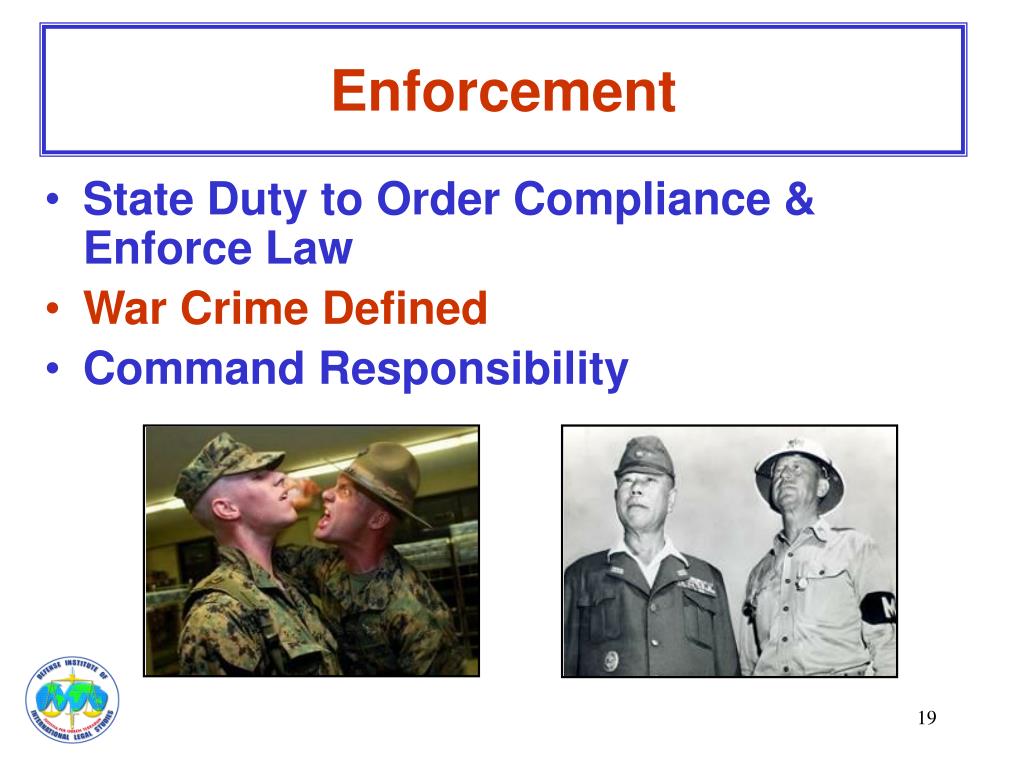

Military necessity: A party to an armed conflict may use only that degree and kind of force, not otherwise prohibited by the law of armed conflict, that is required to achieve the legitimate purpose of the conflict, namely the complete or partial submission of the enemy at the earliest possible moment with the minimum expenditure of resources. There are 4 basic principles governing hostilities:ĭistinction: There must be a clear distinction between the armed forces and civilians, and between objects that might legitimately be attacked and those that are protected from attack.


The 4 Geneva Conventions of 1949 and thAdditional Protocols are considered to be the bedrock treaties of IHL. The 2 main sources of IHL are treaties (international agreements concluded between states in written form) and customary international law (general practice accepted as law). International humanitarian law ( IHL) is the body of rules which, in armed conflict, protects persons who are not, or who are no longer, participating in the hostilities, and which limits the methods and means of warfare.


 0 kommentar(er)
0 kommentar(er)
